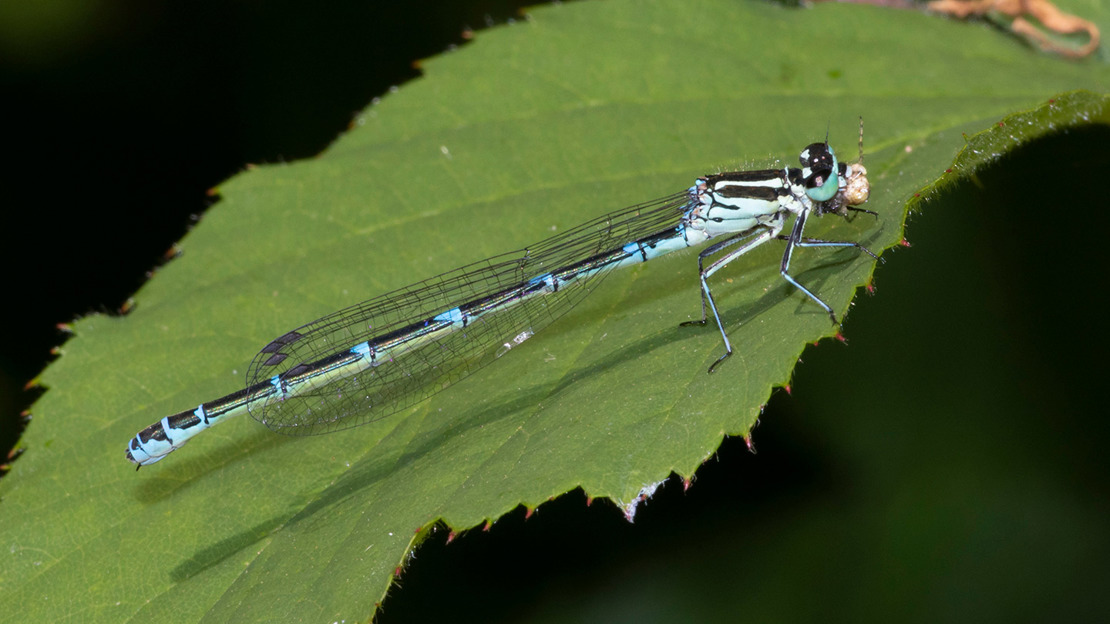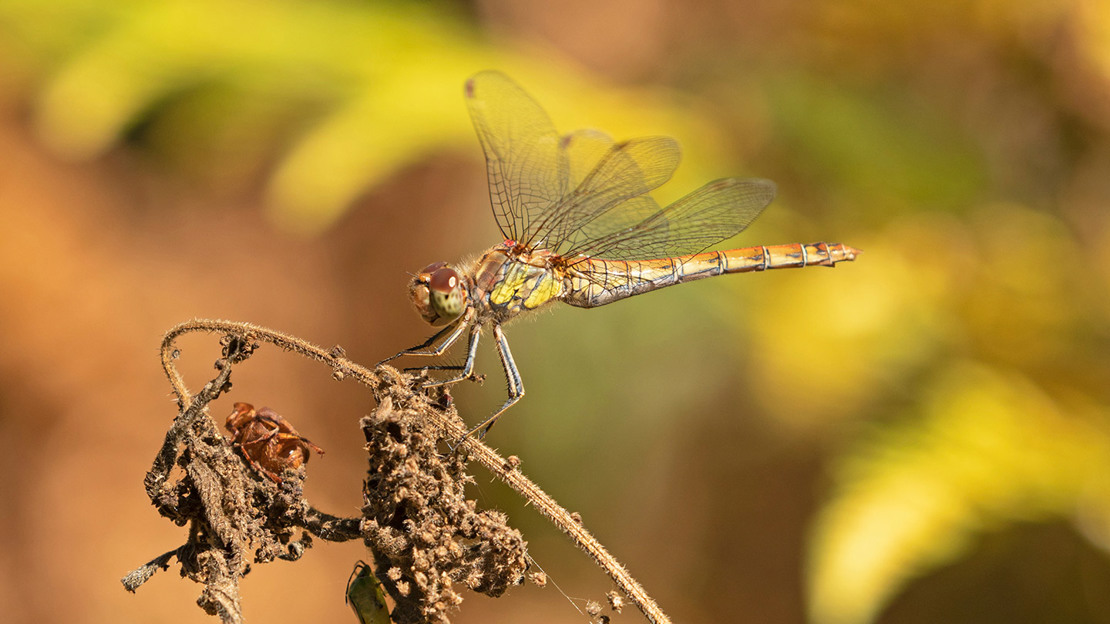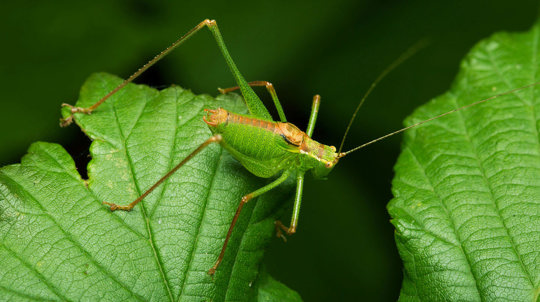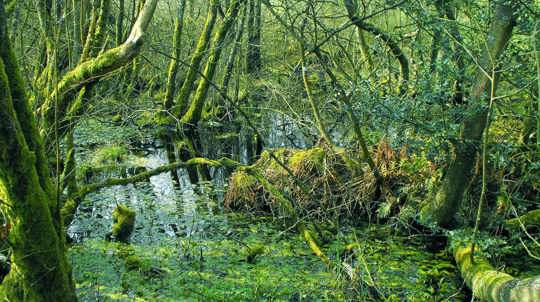What do dragonflies eat? And other dragonfly facts

Content manager
Brightly coloured and fast flying, dragonflies are among our most impressive insects. Read on to discover a range of facts about these mighty minibeasts.
What do dragonflies eat?
Dragonflies eat other insects, such as flies, midges and mosquitoes. They will also take butterflies and even smaller dragonflies. Prey is normally caught in mid-air, with the dragonfly using its long legs to catch its quarry. The food will then be carried to a perch where it is eaten.
What is the difference between dragonflies and damselflies?
Dragonflies and damselflies appear similar, but there are some key differences.
- Dragonflies tend to be larger with bulkier bodies, while damselflies are more slender.
- When resting, a dragonfly keeps its wings open, but damselflies fold theirs on top of their bodies.
- Dragonfly eyes touch in the middle, while damselfly eyes sit separately on either side of their heads.
- Finally, dragonflies have a strong direct flight, while damselflies fly in a fluttery fashion.

How long do dragonflies live?
Depending on the species, dragonflies can live for just a few months or several years. They spend the majority of their life as nymphs or larvae that are unable to fly. Dragonfly nymphs typically live underwater, feeding on invertebrates and even tadpoles and small fish.
Once they have taken adult form, dragonflies usually live for just a few months. This gives them enough time to breed and lay eggs. Many adult dragonflies are eaten by birds such as merlins and hobbies. Others will die at the onset of cold weather in autumn and winter.
Dragonfly eyes – why are they so special?
Dragonflies have huge compound eyes that take up most of the head. Each eye has thousands of lenses giving them incredible, panoramic vision which helps them spot prey up to 12 metres away in any direction.

How fast can a dragonfly fly?
Hawker dragonflies have a maximum speed of almost 30 miles per hour, making them one of the fastest insects in the UK. Dragonflies are agile fliers and can use each of their four wings independently. This allows them to fly forwards, backwards and sideways. They can also hover in mid-air.
When did dragonflies first appear?
Dragonflies were one of the first types of insect to appear on the planet around 300 million years ago, pre-dating the dinosaurs. Fossils show that some had wingspans of up to 60cm. That's around five times larger than the UK's largest living species today - the emperor and brown hawker dragonflies.
Keep exploring




